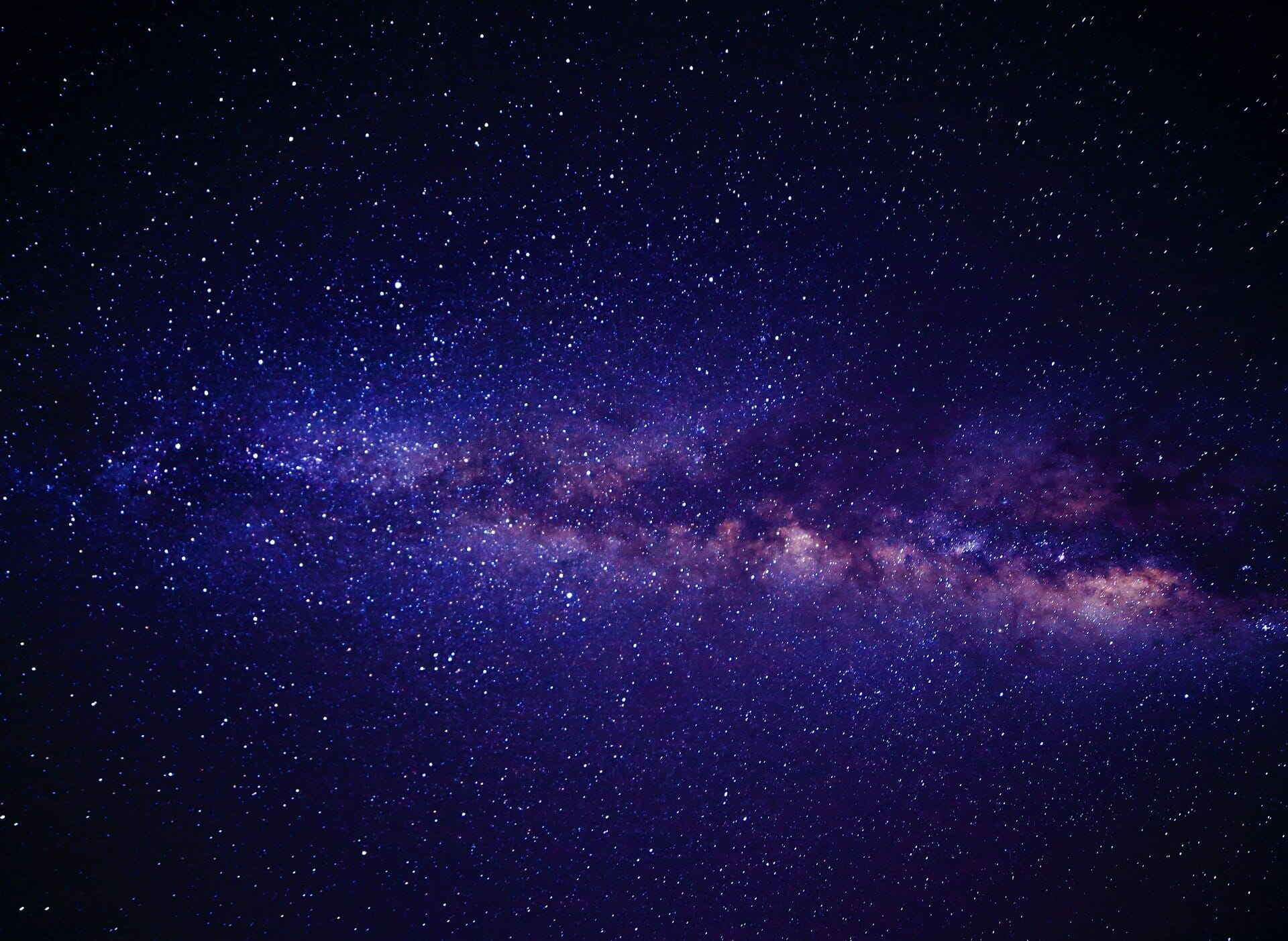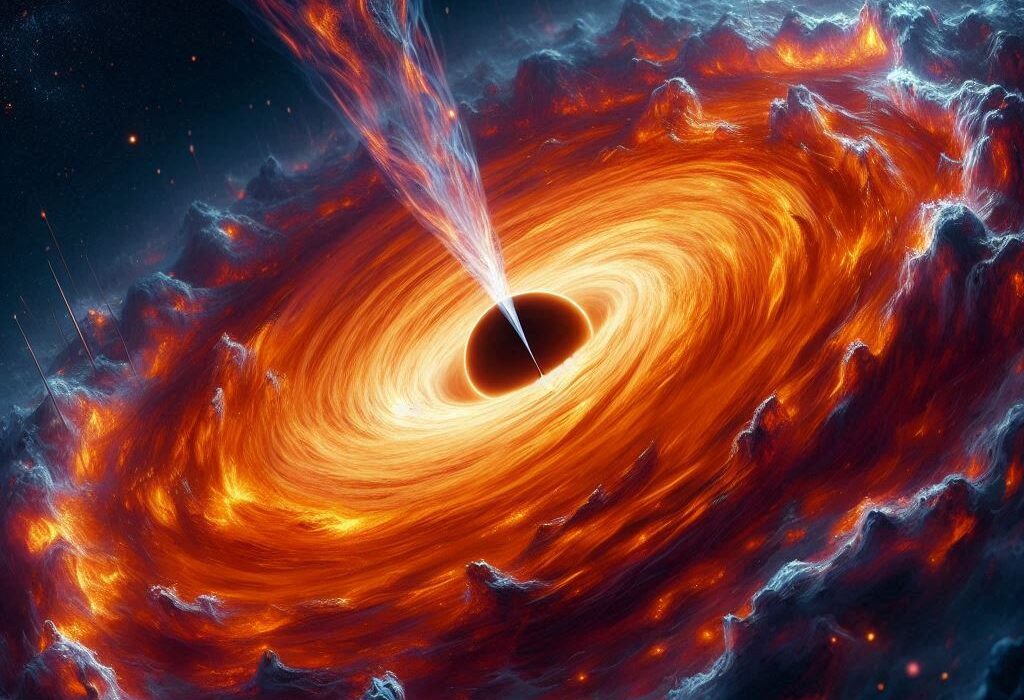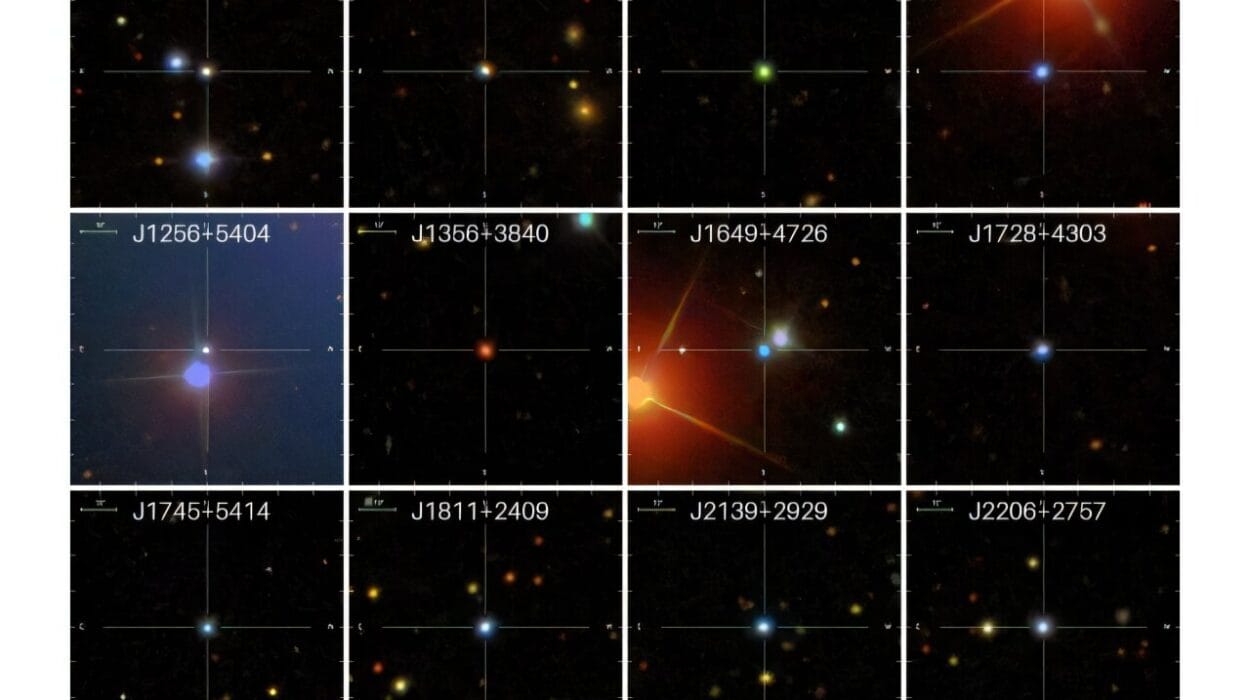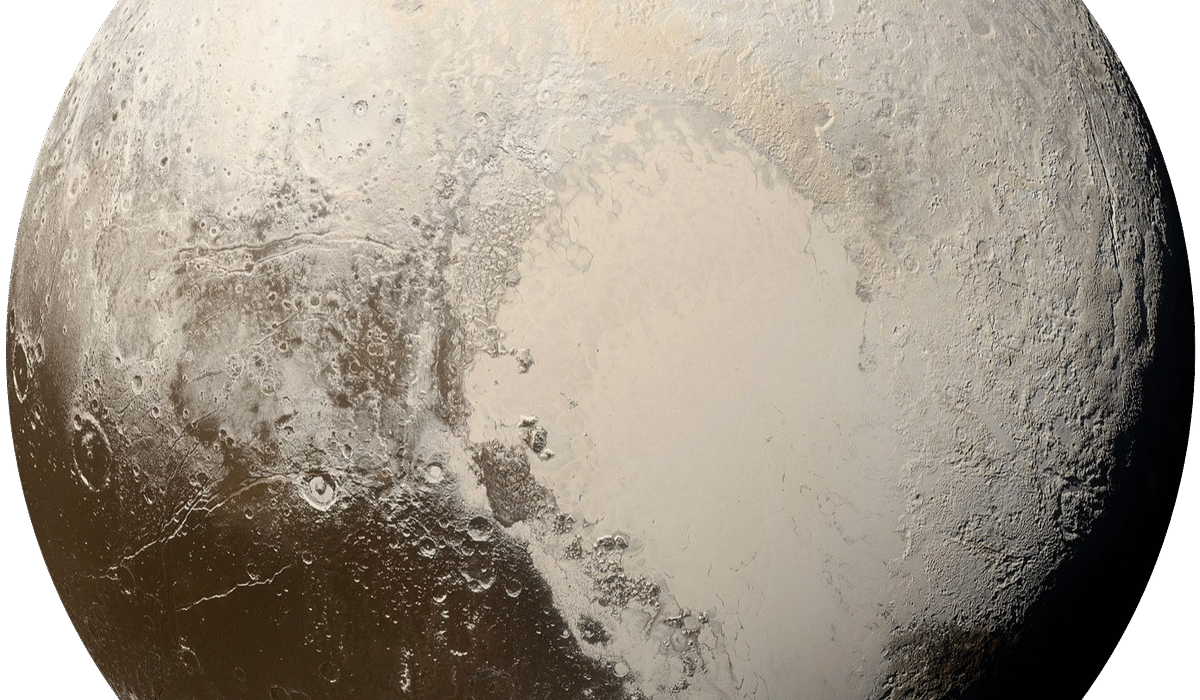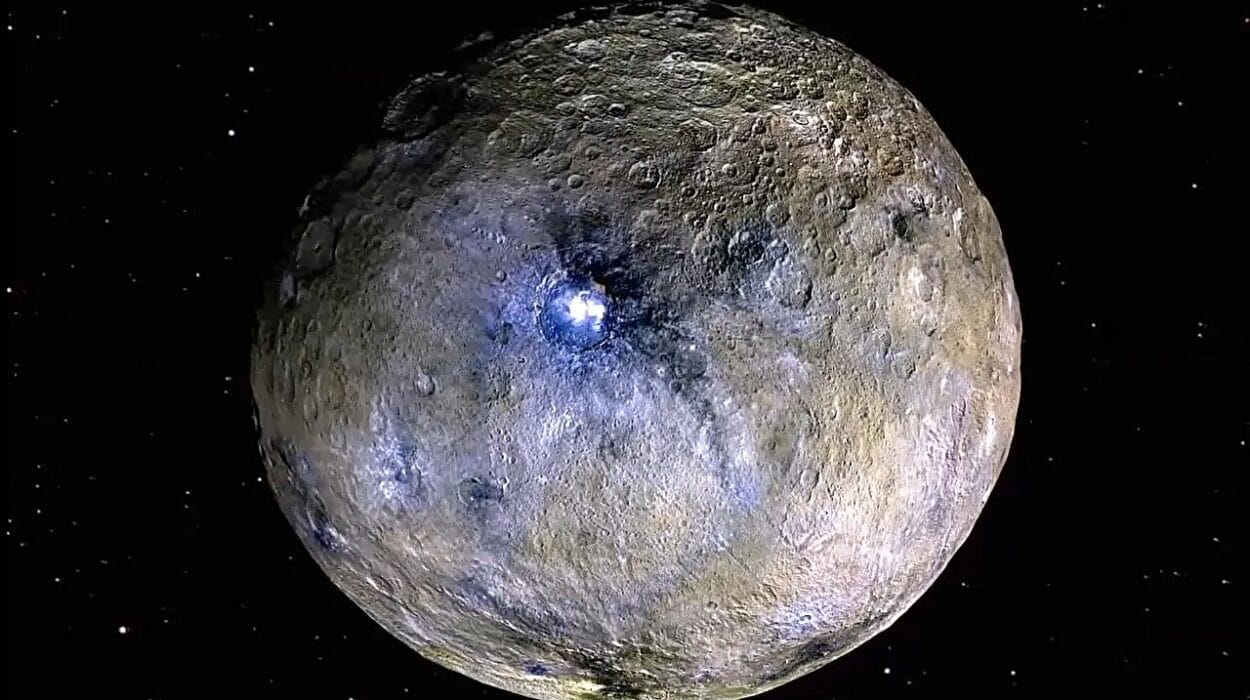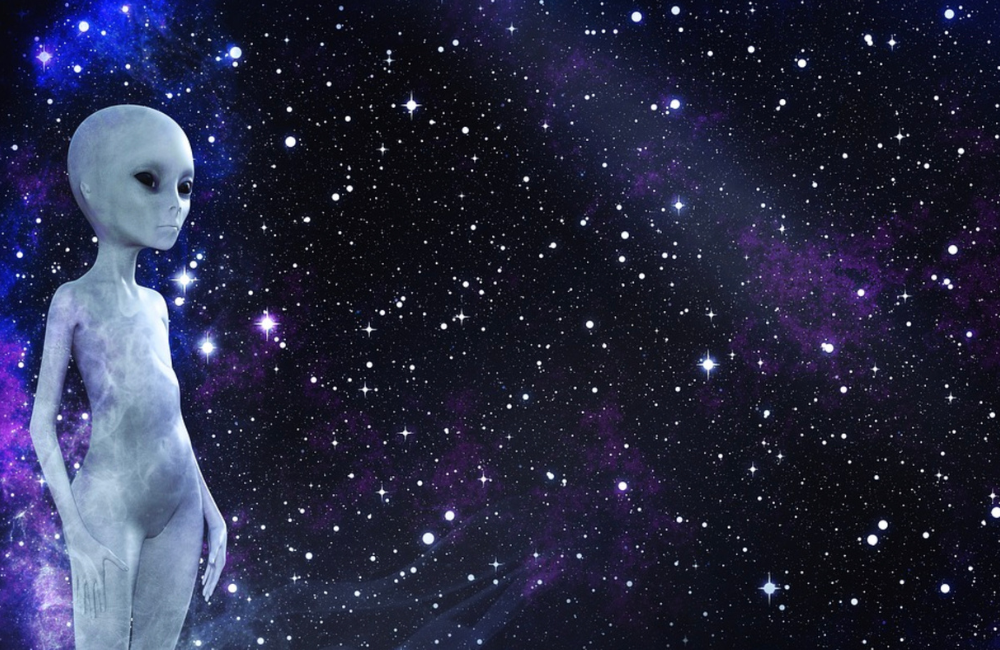For as long as humans have looked up at the night sky, we’ve seen stars as fixed, eternal points of light. But stars are not static. They are born, live, and die in dramatic cycles, and along the way, many of them flicker — sometimes subtly, sometimes dramatically — revealing secrets about their inner lives.
One of the best places to watch this cosmic drama unfold is inside open clusters — gatherings of stars that formed together from the same cloud of gas and dust and remain bound by gravity. These clusters are like living laboratories, holding stars of different masses and ages in the same place, making it possible to study how they evolve.
Meanwhile, another group of stars, called variable stars, regularly change in brightness. Their rhythmic pulses and irregular flashes act like a cosmic Morse code, helping astronomers probe the physics deep inside a star’s core and even map the galaxy beyond.
Until now, scientists have studied these two stellar phenomena mostly in isolation, often focusing on one cluster or one variable star type at a time. But this piecemeal approach left a major blind spot: how the story of variable stars plays out across many clusters of different ages and compositions.
Now, a team of astronomers led by Richard I. Anderson, head of the Standard Candles and Distances Laboratory at the Swiss Federal Institute of Technology in Lausanne (EPFL), and Emily Hunt at the Max Planck Institute for Astronomy, has filled that gap — creating the first galaxy-scale map that unites open clusters and variable stars into a single, sweeping picture.
Mapping the Galaxy’s Flickering Heart
Using data from the European Space Agency’s Gaia mission — the most ambitious space-based star survey ever undertaken — the researchers charted nearly 35,000 variable stars across 1,200 open clusters scattered through the Milky Way.
The scale of this work is unprecedented. “It is a scientific first in the way that large samples of star clusters and variable stars are analyzed together,” says Anderson. “This creates synergies because the two approaches provide complementary insights.”
The team focused on clusters within about 6,500 light-years of Earth, ensuring that Gaia’s measurements of brightness, color, and position were precise enough to compare reliably. They cross-referenced Gaia’s extensive variable star catalog with known cluster members, checking each star’s age, distance, and light fluctuations.
By seeing where different types of variable stars sit inside clusters — and how their numbers shift as clusters grow older — the team uncovered patterns that had never been visible before.
New Patterns in the Lives of Stars
One of the most striking findings is that at least 20% of all stars in these clusters are variable. Young clusters are home to the widest variety of variable stars, from massive blue giants that pulsate in brilliant bursts to smaller, short-lived stars flashing at rapid intervals.
As clusters age, their variable stars become more predictable, with many settling into slow, steady cycles more like our Sun’s. Some types of variable stars appear to be reliable “age markers”, offering astronomers a new tool to estimate a cluster’s age without relying solely on complex stellar models.
The team also produced the cleanest Hertzsprung–Russell Diagram to date for variable stars in clusters — a crucial chart that astronomers use to trace a star’s life from birth to death. This diagram shows at a glance where different variable star types appear during the stellar life cycle.
A Treasure Trove for the Future
To ensure that others can build on their work, the researchers have made their entire catalog public — a detailed dataset of positions, types, and properties for all 35,000 variable stars in the surveyed clusters. This will allow astronomers worldwide to test theories of stellar evolution and probe the physics behind a star’s flicker with unprecedented detail.
The study, published as a Letter to the Editor in Astronomy & Astrophysics, comes at a pivotal moment for the Gaia mission. Although Gaia’s main observing phase has ended, its immense archive of data — covering nearly 2 billion stars — is only beginning to be fully analyzed.
Anderson sees this study as a preview of even greater discoveries to come. “Our work is a teaser for what is to come with Gaia [data releases 4 and 5], which will revolutionize the study of stellar populations by their light variations,” he says.
Understanding Our Origins Through the Stars
The deeper message behind this work is as old as astronomy itself: stars are not just distant lights, but living histories of the universe. Their patterns, pulses, and paths carry the story of cosmic creation.
By linking variable stars and open clusters, Anderson and Hunt’s team has revealed a new way to read that story — one that can act like a clock for the galaxy, telling us not just what stars are, but when they are.
In Anderson’s words: “We are made of stardust. Understanding the lives of stars and the physics that govern stars is crucial to understanding our origins and place in the cosmos.”
More information: Richard I. Anderson et al, A bird’s eye view of stellar evolution through populations of variable stars in Galactic open clusters, Astronomy & Astrophysics (2025). DOI: 10.1051/0004-6361/202555111
